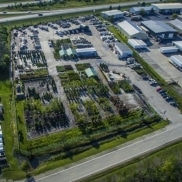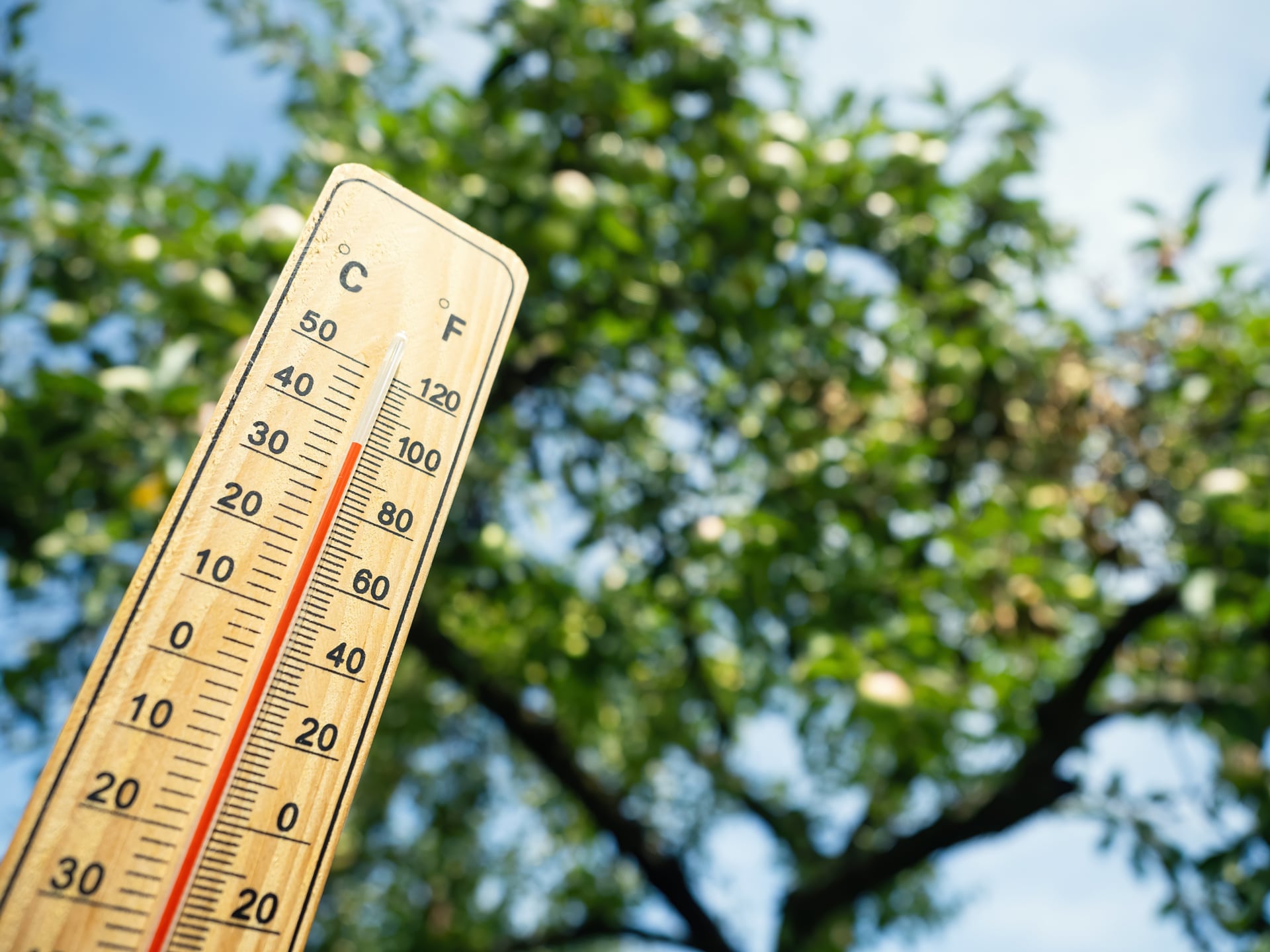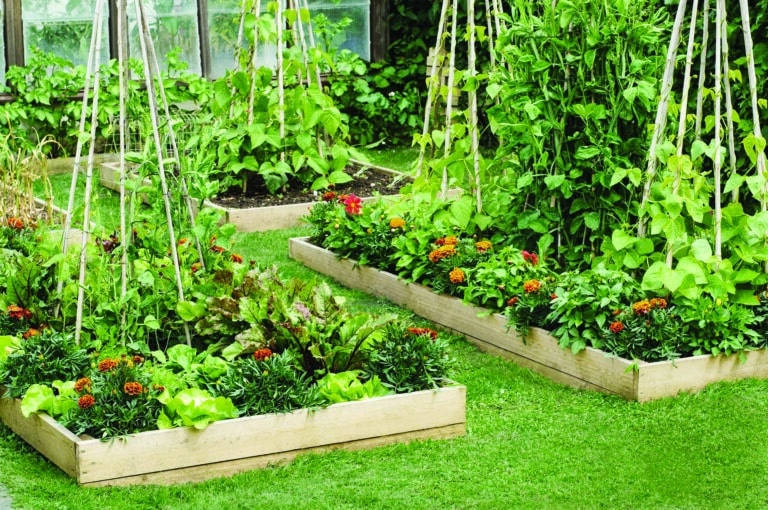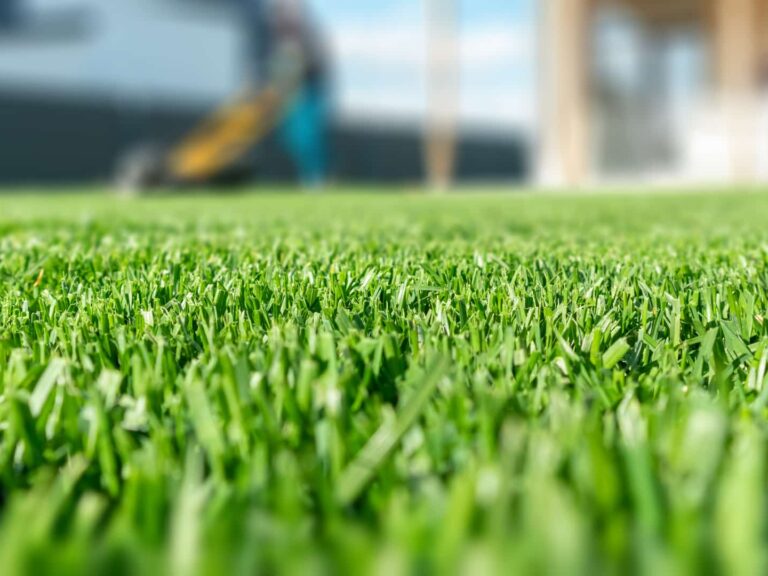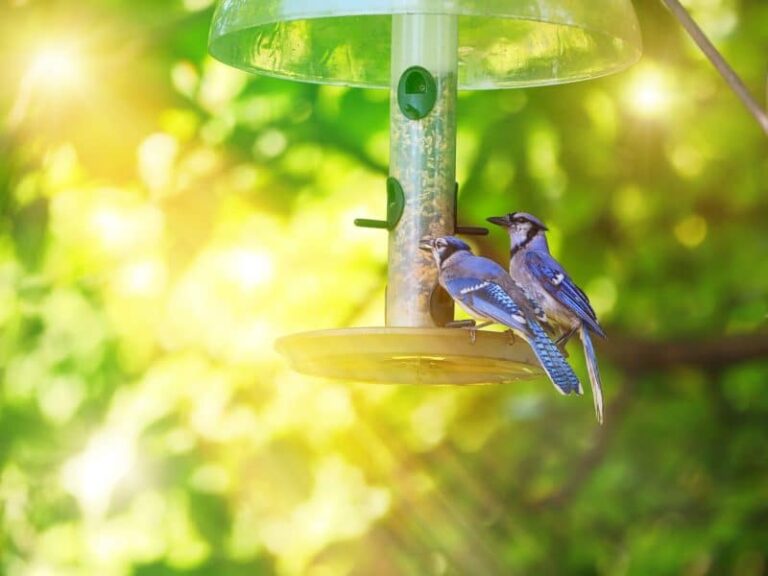Over the last few weeks, it’s been very hot outside. We are drinking water and keeping hydrated constantly. Unlike humans, plants do not need constant water daily and unlike plants, humans do not have our feet in the soil. The difference is that plants transpire, and we perspire. The process of transpiration cools plants by allowing water to evaporation from the leaf surface. When hot, a plant can lose water faster through transpiration than it can take up, which is why a hydrangea plant wilts during the heat of the day but comes back when it cools in the evening.
Therefore, knowing the proper steps for watering your plants in extreme heat is critical. Our guide will discuss how often to water plants in extreme heat, how much water is needed, what is the best time to water plants, how often you should water, and more. Once you’ve reviewed and mastered this guide, you’ll be able to effectively and thoughtfully care for your plants and lawn during periods of extreme heat.
What is the Best Time to Water Plants?
The best time to water plants is in the morning because it’s cooler, allowing plants to absorb more water before the day’s heat, causing evaporation later in the day. Morning is also a good time to water your lawn in hot weather and the best time to water a vegetable garden. Now that you know the best time of day to water your plants, you need to be sure to water them correctly so they can reap the benefits. Water deep so the water goes down to the root balls and saturates the deep roots of plants. A fast sprinkling only waters the soil at the surface, causing the plant to grow roots near the surface where they can dry in the day’s heat.
How Much Should I Water My Plants?
The type of soil a plant lives in plays a large part in determining how much water is needed by your plants. Sandy soils drain faster than clay soils – meaning sandy soils must be watered more often than clay soils.
If you only remember one thing about how much you should water your plants, remember not to think about a watering routine but instead follow a routine of checking your plants. Use your finger to test or dig down 6” to feel the soil and determine whether watering is needed. Plants in the ground during extreme heat should still be watered once or twice a week but not daily. Three or four days after watering, test the soil 6” down – if there is standing water, you’re watering too much; if it’s moist, you are watering correctly; if the soil is dry, water a bit more.
Different plants types of plants will also determine how much you should water your plants. For instance, plants like trees, evergreens, and shrubs need different watering than flowers, gardens, and containers. Below we will take a look at some more watering insights for various types of plants:
Watering Gardens & Vegetables
Are you curious about watering vegetables and gardens? Let’s discuss how often to water your vegetable garden. Most gardens and vegetables need 1” to 2” of water per week. During heat, water every 2 to 3 days to keep moist but not overwatered, as roots need oxygen also! Too much water can wilt leaves and will cause root rot. As Kate taught us in her video Our Top 3 Watering Tips, it’s also essential to water the soil, not the leaves! Compost added to the garden is a great way to help retain moisture and add to the soil’s structure and nutrition.
Watering Lawns
So, how much water does a lawn need, and how often should I be watering my lawn? Lawns if kept naturally dormant need about ½” of water every two weeks to keep the plant crowns alive while keeping the lawn dormant. If you water regularly, with sprinklers or an irrigation system, continue with 1” to 2” of water once a week.

Watering Trees & Shrubs
If you have newly planted trees and shrubs, you’ll want to figure out how much to water and how often to water the new tree or shrub. Continue deep watering the new tree or shrub once a week, giving it enough water to saturate the root balls. For example, a 10’ tree requires 10-12 gallons of weekly. Shrubs need 2-3 gallons a week. To determine how often to water your plants during extreme heat, consider watering your older plants every two weeks during dry spells and heat.
Watering Potted Plants, Raised Gardens, and Hanging Baskets
Potted plants, raised gardens, and hanging baskets Must to be checked daily because they will dry out faster than soil. Luckily, certain hanging basket plants don’t need much water. If you have houseplants or tropical foliage plants in the sun, move them to a shaded area during extreme heat to better retain moisture in the potted plants.. If water comes out of containers quickly, the soil may have shrunk from the sides, water enough to rehydrate the soil. Do not fertilize during times of heat.
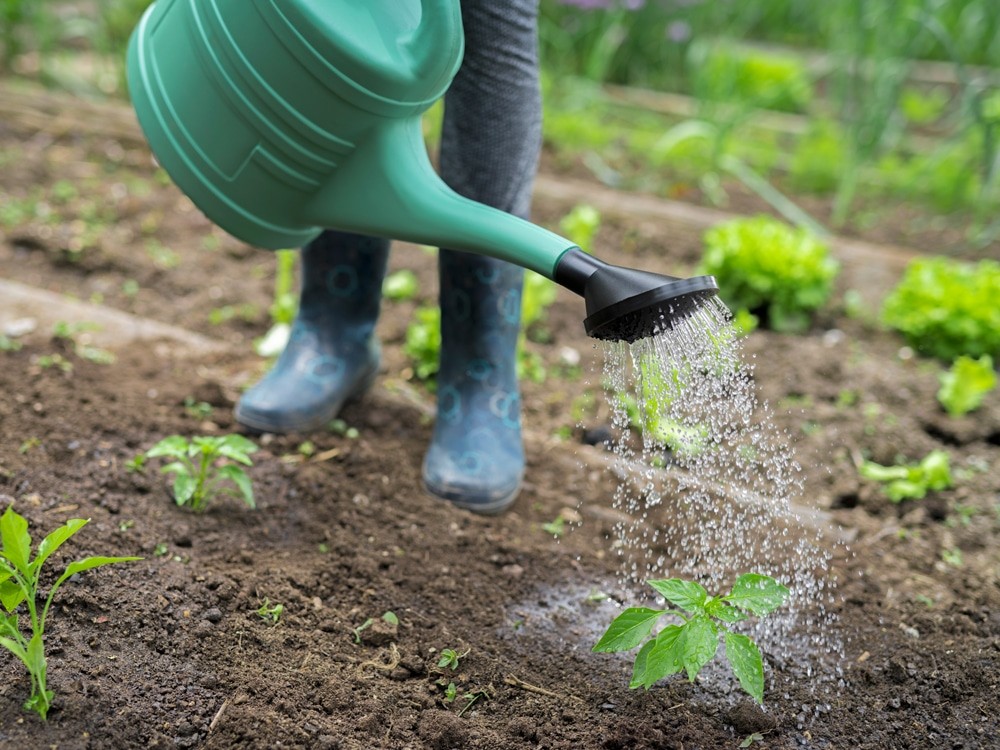
Explore our Planting and Watering Guide for additional information on properly caring for and watering your plants.
Other Considerations on How to Properly Water Your Plants
Here are a few other essential things to keep in mind to help you be successful in keeping your plants hydrated and to retain moisture in potted plants and plants in mulch:
Utilize Mulch To Retain Moisture in Plants!
Using mulch is a great way to retain moisture for all plants. Mulch does its job and keeps moisture in the soil, so even in extreme heat, planting beds and containers that have mulch don’t need to be watered daily. Remember not to place mulch up against the base or root flares of plants. The soil must air out to prevent crown rot from super-soaked soil.
Are Your Plants Getting Enough Water?
Here’s a quick lesson on determining how much water comes from your sprinkler or hose nozzle. Fill a 2-gallon bucket with your hose nozzle on the shower setting and time how long it takes to fill. Thirty seconds is the average for a two-gallon bucket, which equals four gallons per minute. For lawns, place a cat food can or pan that is an inch high out under the sprinkler. When your oscillating sprinkler fills that can, that is a 1” of water. Now you know precisely how long it takes to give your plants the appropriate amount of water!
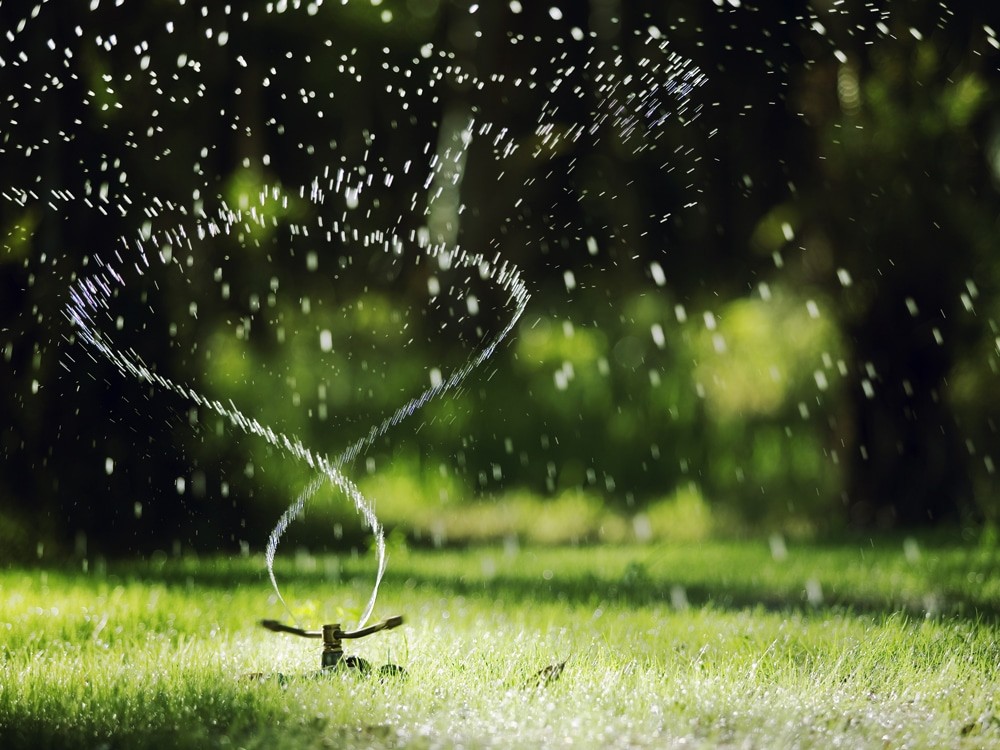
Signs of Drought Stress
Keep an eye out for drought stress, including, curled leaves, wilting, flower drop, and loss of green color. They are all signs of plant stress in heat due to over and underwatering. Some plants curl leaves in the hot sun to reduce the surface area of the leaf, a sign of nature taking care of itself. Make sure to also take care of yourself when outside taking care of your plants during extreme heat – take breaks, and drink plenty of fluids. Signs of heat stress for us are headaches, dizziness, weakness, heavy sweating, and thirst. You can’t take care of your plants if you don’t care for yourself!
Become and Expert on Watering Plants in Extreme Heat
Heat does not matter much to plants in the ground, but above-ground potted plants need to be monitored as they succumb to heat stress far more quickly. A plant’s natural response is to slow in extreme heat, not take up much water, grow, or exert energy. Remember to water deeply once or twice a week, depending on soil conditions and never water every day with shallow watering.
Now that you’ve become an expert on how to water your plants during extreme heat, perhaps it’s time to design your dream outdoor space for you to enjoy your beautiful plants. Let Lurvey help you create your signature outdoor space with its top-quality soils, amendments, fertilizers, mulches, and everything else you need!



